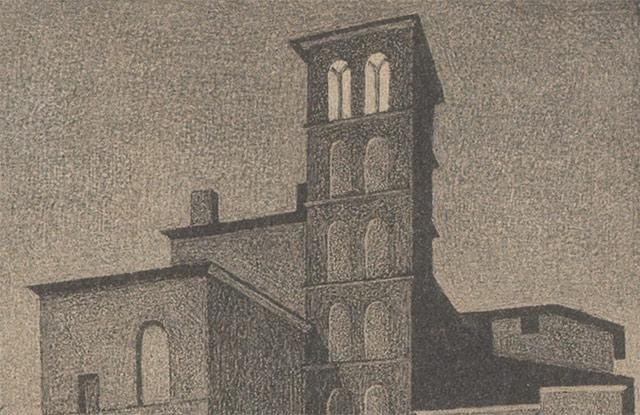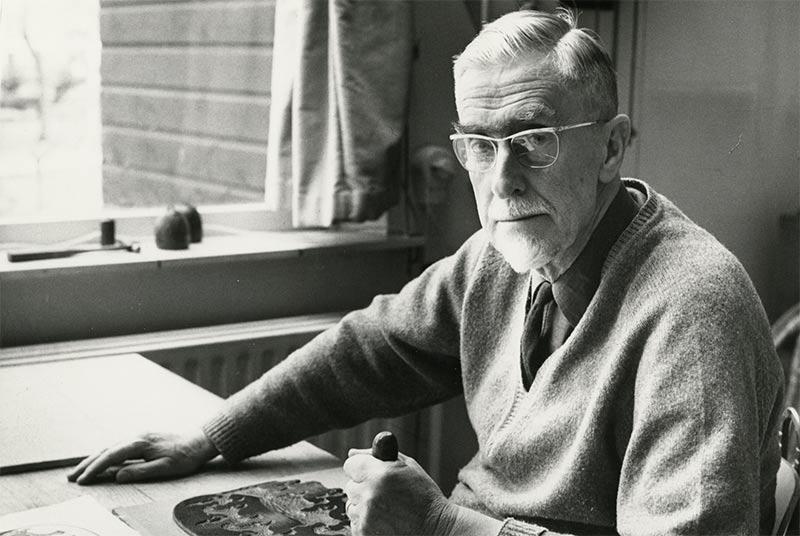Address & route description
Information about our location at the Lange Voorhout and how to get there.
We use cookies and similar technologies on this website to analyze visits and to show you relevant messages on social media. By clicking 'Accept all' you give permission for their placement and for the processing of personal data obtained in this way, as stated in our privacy & cookie statement.
Our privacy & cookie statement:
Below you can choose which types of cookies you allow on the Escher in The Palace website.
Escher in The Palace is a permanent exhibition dedicated to the world-famous, imaginative artist M.C. Escher. Read about our permanent collection and temporary exhibitions.

The latest Escher Today
3 July 2025
For years, M.C. Escher lived in Rome, but he did not like to depict the city itself in his prints. Escher found Rome more beautiful by night, which led him in 1934 to make a large series of woodcuts and drawings entitled Nocturnal Rome. During this period, he also drew the Basilica Santi Giovanni e Paolo. The drawing led to a lithograph only two years later: S.S. Giovanni e Paolo (1936). Ten years later, he returned to the subject with his first mezzotint: Dusk (1946). At first glance, the lithograph and the mezzotint seem almost identical, but they certainly are not.

Exhibition
1 July till 14 September 2025
The sculptures of Jehoshua Rozenman (b. 1955) are not as they first appear. They look robust, monumental, but they are in fact made of fragile glass. These mysterious pieces resemble impossible, secretive buildings that seem to come from another dimension. It is in the tension between fantasy and reality that Jehoshua Rozenman and M.C. Escher meet. This summer, for the first time, Escher in The Palace will combine the two-dimensional world of Escher with the two- and three-dimensional work of Rozenman.

News
17 March 2025
From 18 March to 7 September, Escher in The Palace exhibits a special loan, namely a carefully written letter from Escher enthusiast Hendrik Dekker. In the letter, he expresses his admiration for the print Reptiles (1943). The handwritten response by Escher himself is also on display.

About Escher
Escher was a printmaker, but what exactly is that? Read the pages below to find out more about the techniques he used: woodcut, wood engraving, linocut, lithography, etching and mezzotint. Each of them has its own particular qualities, so the prints made using these techniques differ in terms of their complexity and visual character.